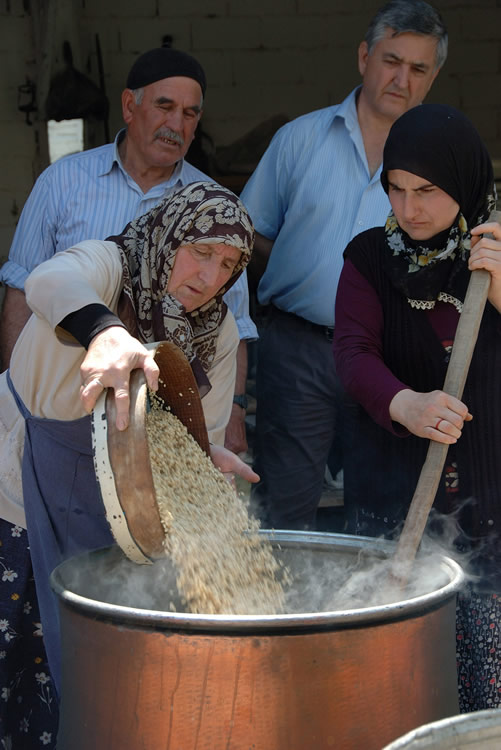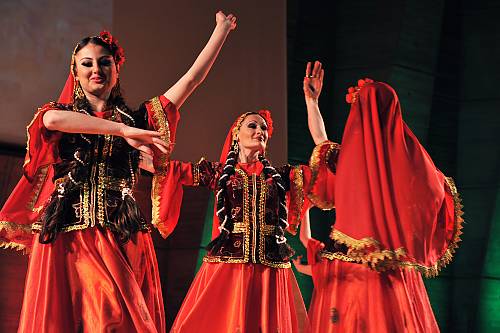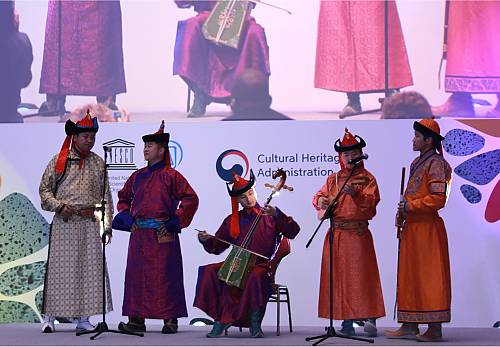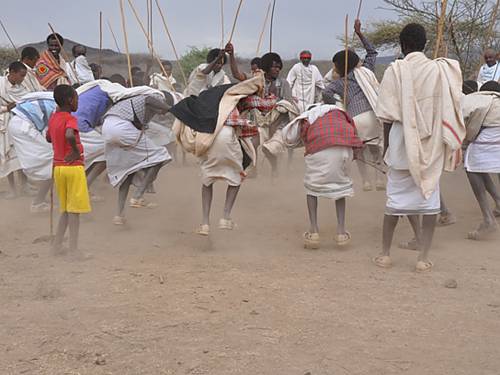How can the contribution of intangible cultural heritage to sustainable development best be understood and fully recognized? How can intangible heritage take a central place in the efforts to achieve the new post-2015 development goals? How can countries concretely realize this potential? Those are some of the questions that will be addressed during an expert meeting organized by UNESCO and the Turkish National Commission for UNESCO in Istanbul, Turkey, from 29 September to 1 October 2014.
This meeting invites twelve participants from around the world to reflect on the formulation of a new chapter of the Operational Directives for the implementation of the Convention. The safeguarding of intangible cultural heritage at the national level will be analysed on the basis of the four core dimensions of sustainable development: inclusive social development, environmental sustainability, inclusive economic development, and peace and security. The new chapter will then be examined by the Intergovernmental Committee for the Safeguarding of the Intangible Cultural Heritage in November 2014, for possible adoption by the General Assembly of the States Parties to the Convention in June 2016.
Evento:
-
Expert meeting on safeguarding intangible cultural heritage and sustainable development at the national level (29 de septiembre de 2014 – 1 de octubre de 2014)




